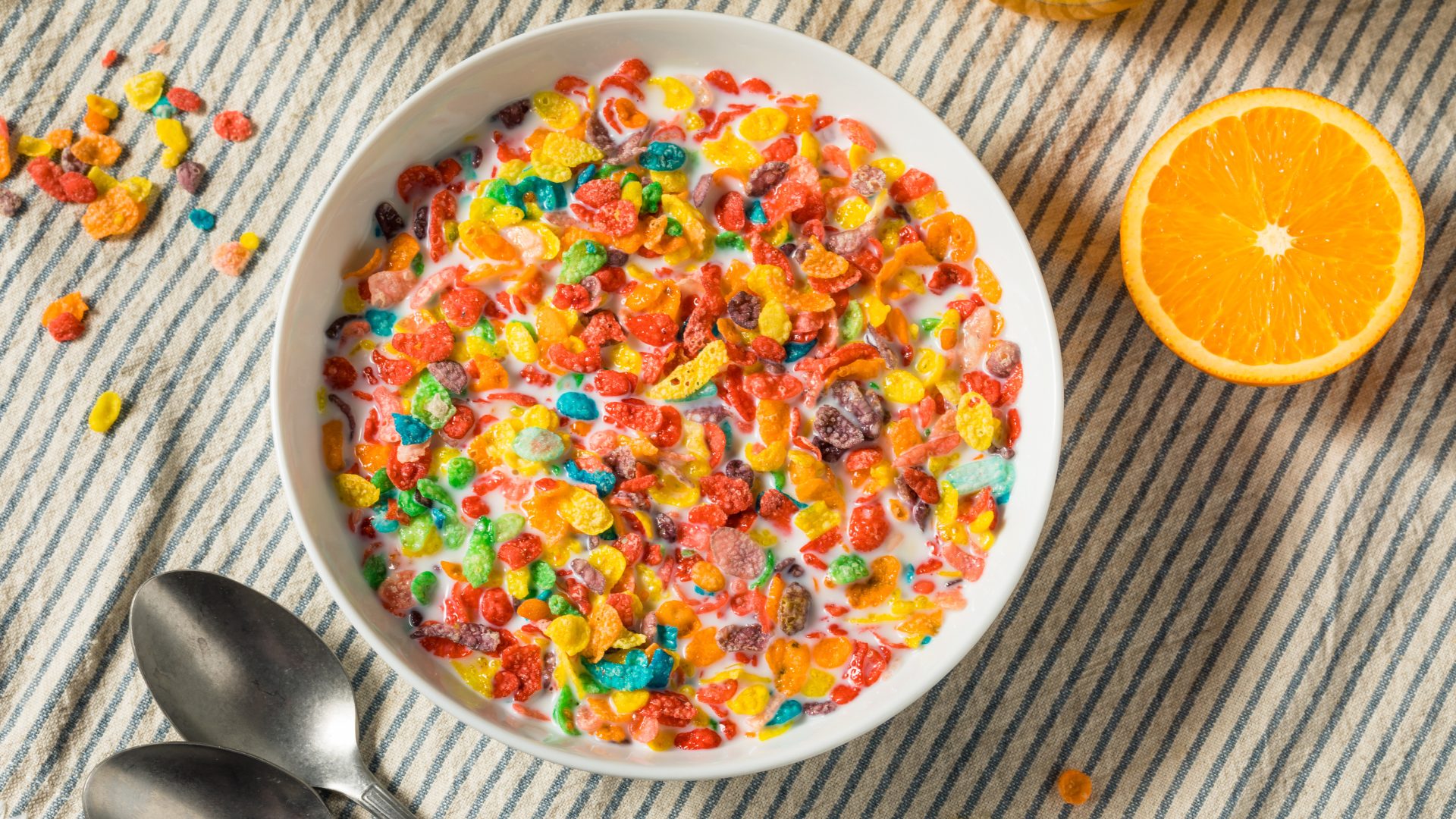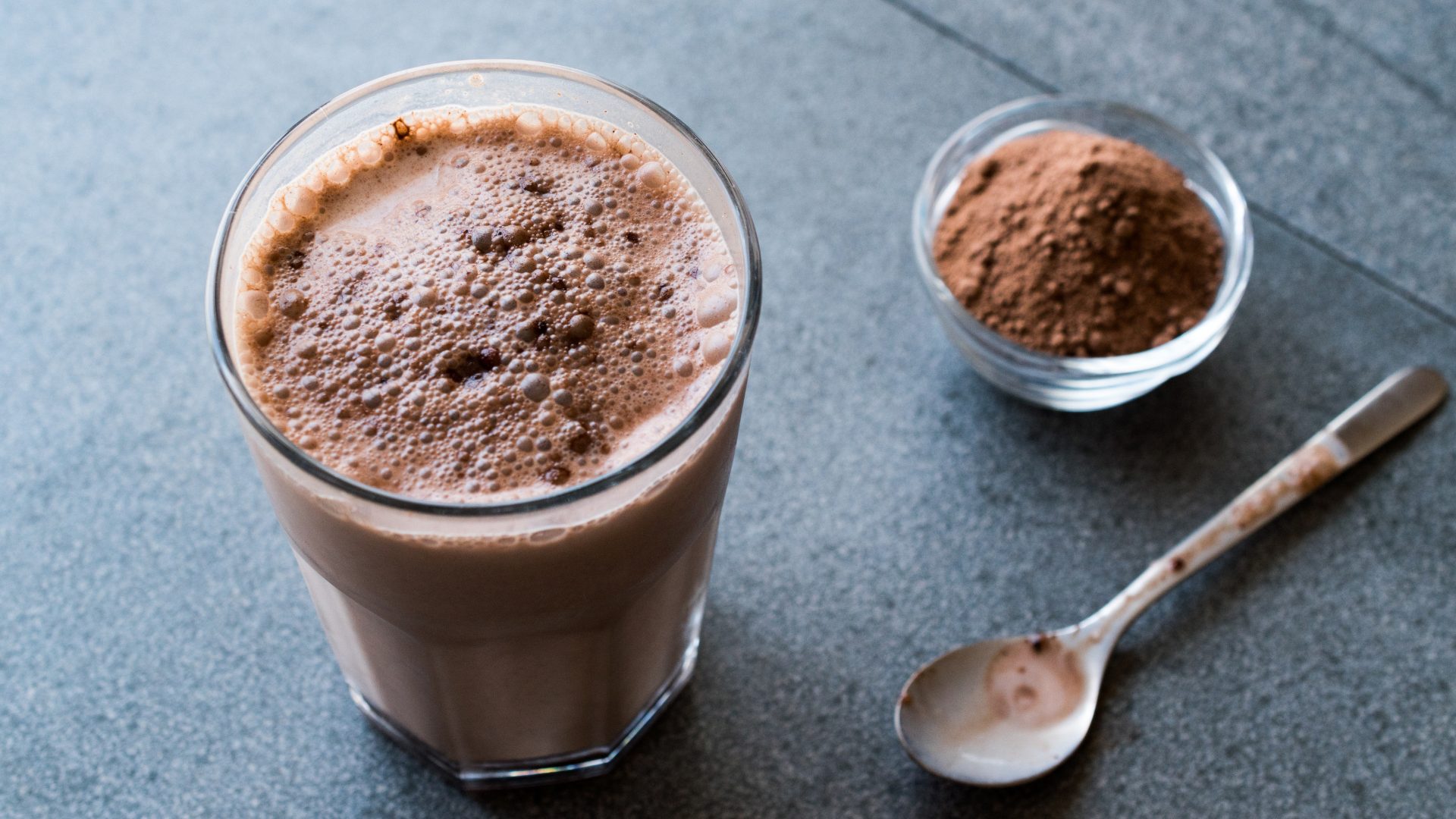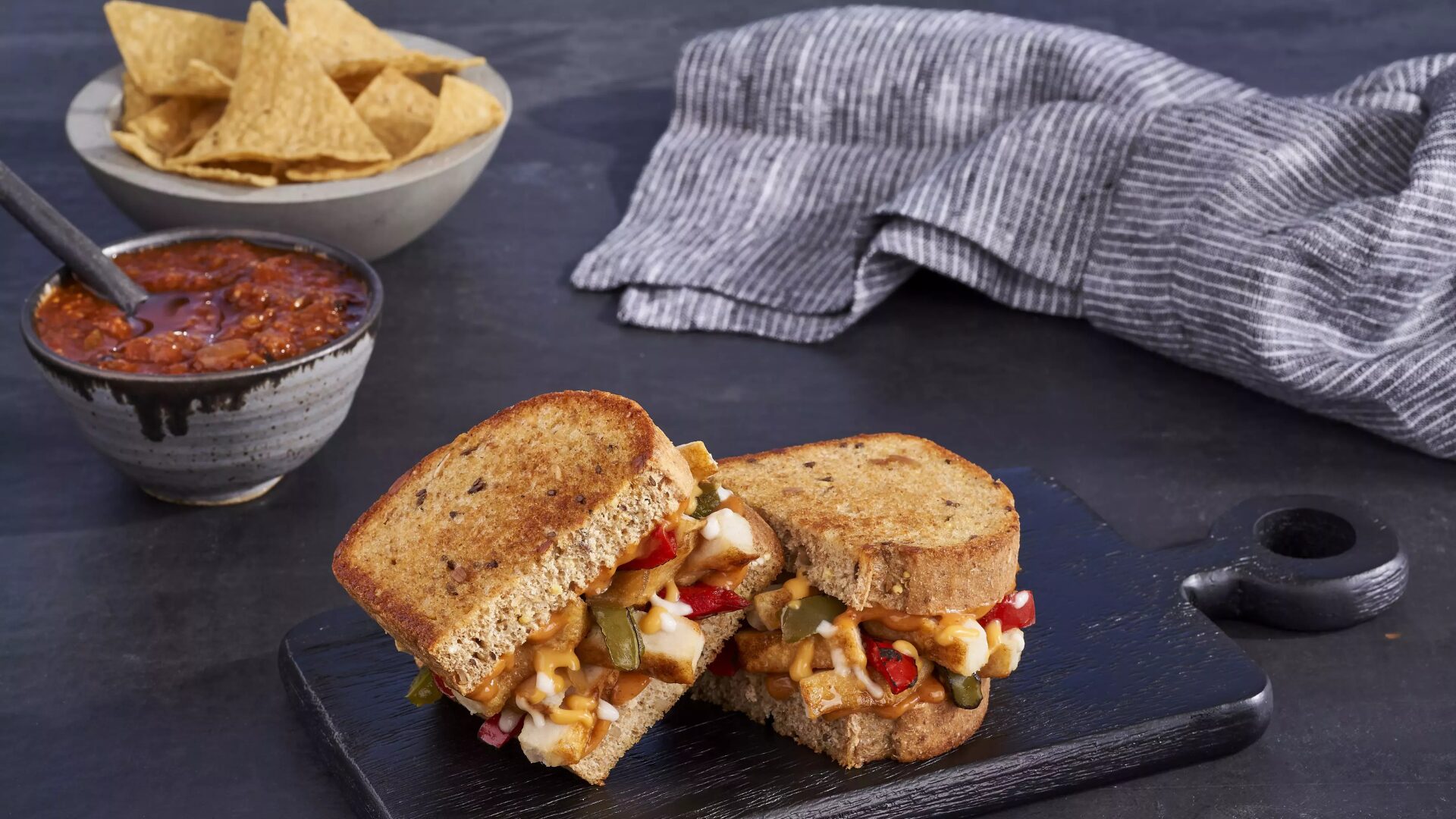Shrinkflation isn’t the only way manufacturers are cutting costs these days, as some brands have reformulated their products using cheaper ingredients – a tactic some refer to as “skimpflation.”
While many consumers are privy to shrinkflation – when a business shrinks pack sizes but charges the same price – skimpflation may be more difficult for shoppers to notice. As with shrinkflation, the change is not usually communicated to the consumer.
Formula changes
One glaring example of skimpflation that has not gone unnoticed is the change in Conagra’s Smart Balance buttery spread. Edgar Dworsky, the founder of Consumer World, pointed out that the spread now contains nearly 40% less vegetable oil than it used to.
When placed side-by-side, a tub of Smart Balance made with the new formula looks nearly identical to a tub made with the old formula, save for small yellow text on the bottom left corner of the package indicating how much vegetable oil is inside.
“Could they have made the font any smaller?” Dworsky, who has been tracking groceries for decades, said to WCVB Boston. “They actually reduced the oil content and replaced it with water.”
Looking at the ingredient statement, vegetable oil was the number one ingredient on the older tub. On the new tub, water is listed first.
Negative reviews
In this case, Dworsky wasn’t the only person to notice the ingredient change – customers have flooded Smart Balance’s website with negative feedback in recent weeks. Reviews have called the new formula “shameful,” “awful” and “disappointing.”
“I have been buying Smart Balance for many years. I remember when it was 70% vegetable oil,” one reviewer wrote three weeks ago. “The thing that is insulting is you think people won’t notice [the change]… Well, guess what – people do notice!”
The negative reaction to Smart Balance’s new formula illustrates the risk manufacturers take when trying to sneak skimpflation past consumers. Most of the negative reviews end with a proclamation that the customer will not be buying Smart Balance again, or at least until the old formula returns.
In response, Conagra has announced that it will return to the previous recipe in the coming months.
Dworsky has also noticed skimpflation in Scott 1,000-sheet toilet paper. A four-pack that he bought years ago weighs 2 pounds, 0.2 ounces—whereas a brand new four-pack weighs only 1 pound, 7.6 ounces. Both packages claim to contain 1,000 sheets of toilet paper.
According to Dworksy, consumers have good reason to suspect that brands are trying to make cost-cutting changes without their noticing.
“It’s absolutely a trick,” he said, “because there’s almost no disclosure on the package that you’re getting something different than what you used to get.”












